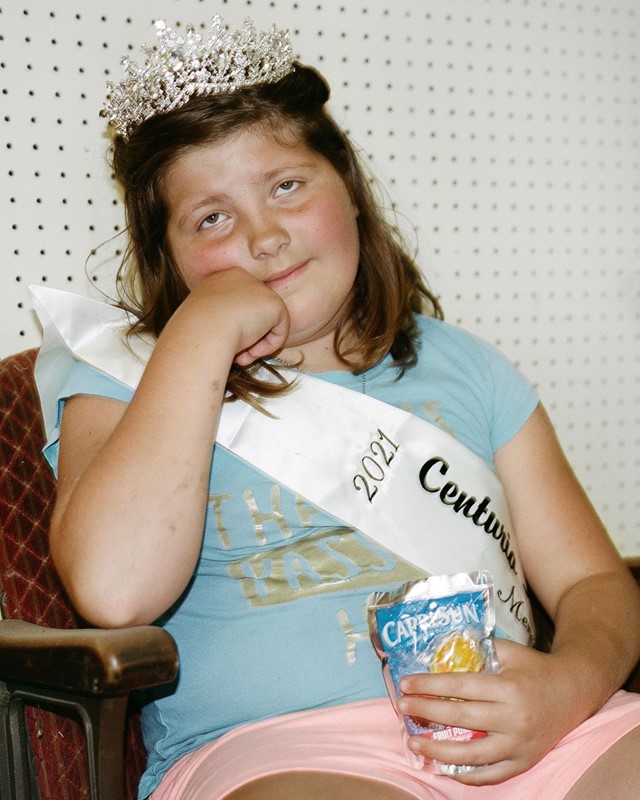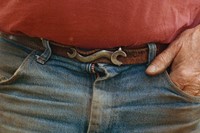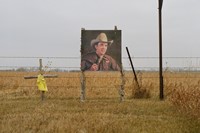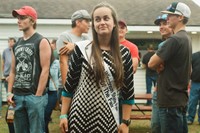“If you could go somewhere, you probably wouldn’t choose to come here,” says Wisconsin-born photographer Erinn Springer, whose photos capture the community spirit at the heart of Midwestern life
In 1976, the US cartoonist Saul Steinberg produced a legendary cover for The New Yorker epitomising the nation’s long-held derision of the American Midwest. View of the World from 9th Avenue satirised the snooty perception held by Manhattanites, that beyond the banks of the Hudson lay a featureless swathe of provincial nothingness, a hinterland of mediocrity. For many Americans, it is an attitude that still prevails, but for Wisconsin-born photographer Erinn Springer, it is an over-worn cliché she is steadily working to dismantle with her nuanced depiction of the country’s mythologised heartland.
“Most people consider it a flyover area”, she says of the Midwest. “If you could go somewhere, you probably wouldn’t choose to come here, but because of that, it’s not so much about what’s here, but who’s here.” Since returning to her home two years ago in Menomonie, northern Wisconsin, after eight years of living in New York, the self-taught photographer has trained her focus on the people and places that have shaped her.
Unlike the country’s coasts, long-established magnets for people and prosperity, the Midwest has benefitted from a more insular existence, with the result of tightly bound communities that remain intact across multiple generations. “My family have been in the same ten-mile radius of this prairie since the 1850s - there’s so much generational history you can really feel it when you’re here.”
In both Dormant Seasons and Home is Where the Garden Grows – two highly personal, open-ended series – Springer has focussed her lens inward to shed light on this largely maligned and misunderstood region, while exploring the impact of its localised communities on her own sense of self. “It’s kind of like a fictional retelling of my childhood and my memories around it. I always find and rediscover characters that are in my mind through people that are still here.”
Shot in monochrome, Springer’s photographs emanate a potent sense of nostalgia, appearing at times like hazy recollections of youthful abandon and endless summers. Indeed, seasons are central to Springer’s work in the Midwest, with brooding winter skies over bucolic pastures reflecting the resilience required to endure its bitter winter months, and ethereal sunshine offering moments of quiet respite.
“The land here is really the glue that holds everything and everybody together – that’s the way it’s always been,” she explains. “The unpredictability of the land and the weather dictates a lot about people’s lives and their livelihoods on a daily basis. Hunting is also a huge part of the culture here, which is reliant on the health of the land, so I feel like the land is kind of the main character in whatever story you tell about this place.”
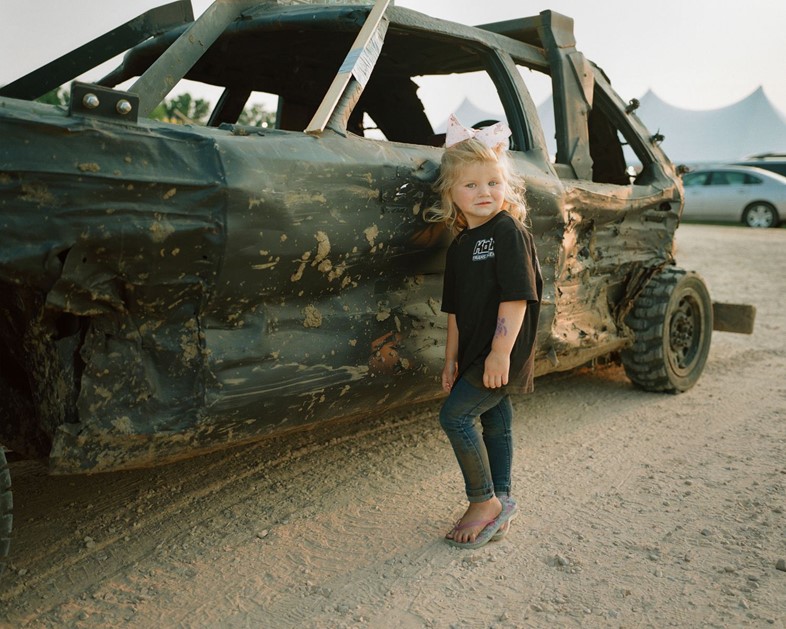
In Springer’s photographs, that character is at times Edenic and nourishing, and sometimes desolate and unforgiving, reflecting the timeless way of living and cyclical rhythms that constitute the heartbeat of Midwestern life. This proximity to life invariably shares a close proximity to death which, Springer explains, forms part of her “inner examination of impermanence”. “People in rural communities have such a close connection to death. It’s more obvious for hunters and farmers, but also, living in a small town exposes you to death more frequently because of the tightly knit community that we live in. I suppose I’m trying to give shape to the intangible mystery of death by using pictures as a tangible record of the relationships we have between ourselves and the earth – alive or dead or somewhere in between.”
Equally important to Springer’s introspective projects are the family members who have acted as ever-present cast members in the place she describes as, “a sort of fictional place”. From her niece and nephew that frolic like babes in the wood to her statuesque mother, Springer’s family offer vital clues to her ongoing investigation of herself. “Observing them for me is like piecing together artefacts about who I am in relation to this world, based on the world that I was brought into and raised by.”
Discover Dormant Seasons and Home is Where the Garden Grows by Erinn Springer here.
